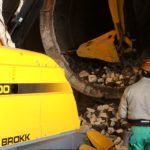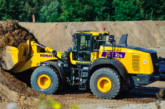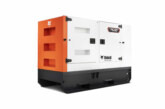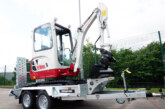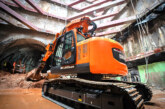Brokk, manufacturer of remote-controlled demolition machines, offers specialised, high-heat options, ideal for processing applications. These features are available as part of Brokk’s customisation during initial purchase or afterwards through the manufacturer’s repair and refurbishment services. Equipment customisation with heat-resistant options allows facilities and contractors to tailor equipment to fit their specific needs and the unique demands of cement, steel and foundry applications.
“Every jobsite has its own set of challenges, but processing presents some of the most extreme environments and highest risks for workers — making it perfect for a Brokk machine,” said Lars Lindgren, president of Brokk Inc. “Through our customisation process, processing facilities can add the options they need to stand up to the heat so they can complete routine tasks faster and safer than ever.”
Brokk has developed a number of heat-resistant options, including cylinder protection, steel tracks and a forced draft cooling system. These features are available on most Brokk models, including the Brokk 800P, the manufacturer’s 11-ton, specialised processing machine, and can also be added to smaller units, such as the versatile, 1-ton Brokk 110 for hot applications in tight spaces. When combined with remote operation, heat-resistant features allow facilities to begin maintenance operations, such as ladle cleaning and refractory removal, while temperatures are still too high for workers to approach, increasing productivity and safety for these vital tasks.
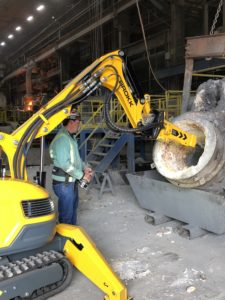 The optional cylinder protection feature employs a metal shield to limit impact and radiated heat from damaging vital components on Brokk’s three-part arm. This allows operators to get closer and work longer in high-heat applications while avoiding heat-related equipment breakdowns.
The optional cylinder protection feature employs a metal shield to limit impact and radiated heat from damaging vital components on Brokk’s three-part arm. This allows operators to get closer and work longer in high-heat applications while avoiding heat-related equipment breakdowns.
Customers can also opt for steel caterpillar tracks, which offer a higher temperature threshold than Brokk’s standard rubber tracks. This customization allows the machine to move across hot surfaces, such as those found in a kiln during refractory tear out.
A forced draft cooling option is also available for hydraulic systems and electrical cabinets to help increase the unit’s cooling capacity and minimise heat-related breakdowns. The forced draft cooling system is recommended for jobs where the ambient temperature exceeds 113 degrees Fahrenheit (45 degrees Celsius), such as cement or lime kilns. An upgraded forced draft cooling option is available for the breaker, as well, allowing for use in red-hot applications with ambient temperatures in excess of 392 degrees Fahrenheit (200 degrees Celsius).

